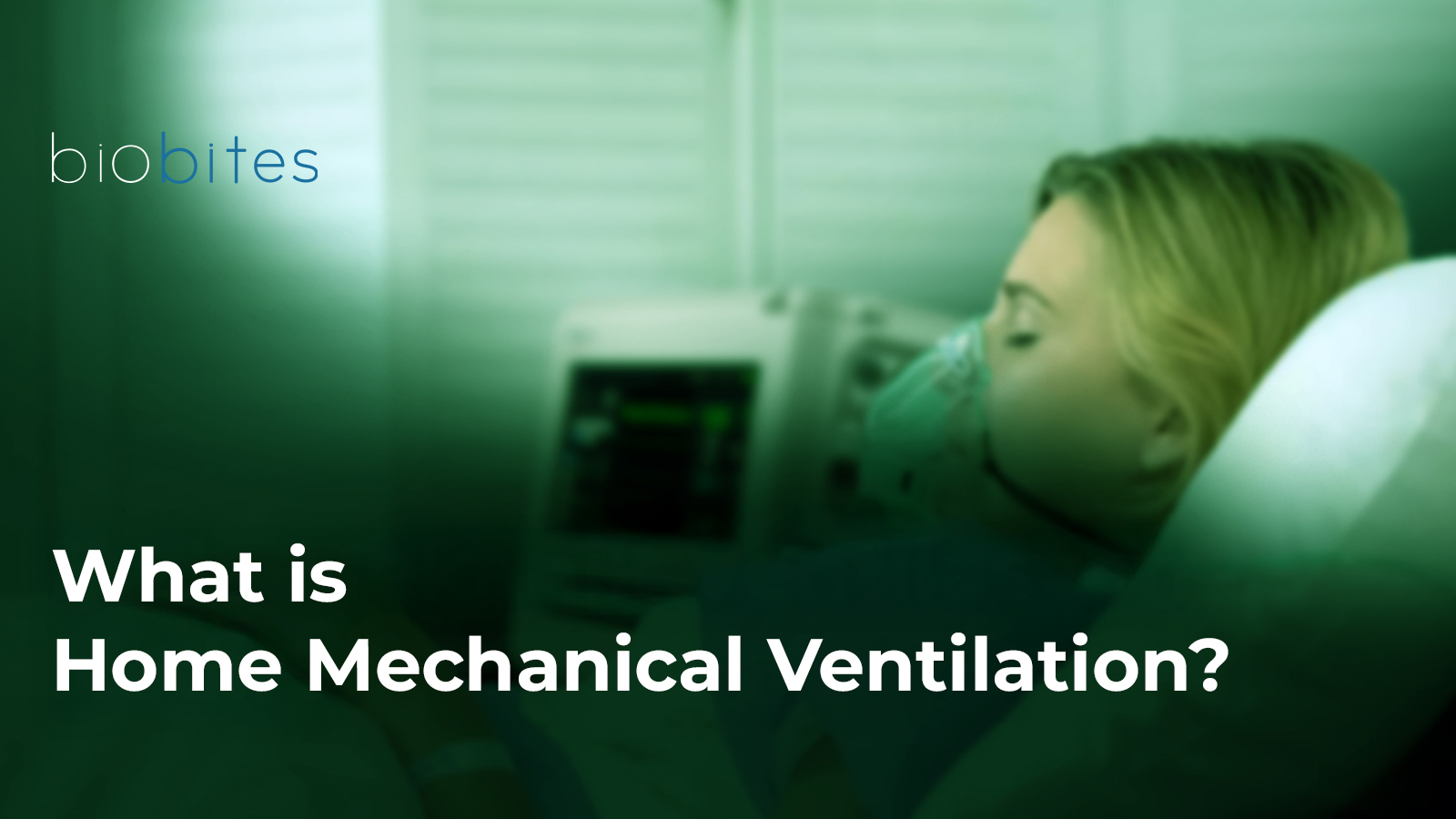Home mechanical ventilation refers to the support or complete replacement of spontaneous breathing using mechanical ventilator devices in patients with respiratory failure, provided within a home setting. These systems are typically initiated in a hospital environment and transferred to the home once the patient has achieved a stable condition.
Indications for Use
- Chronic respiratory failure (e.g., COPD, ALS, neuromuscular diseases)
- Impaired respiratory control following brain injury or trauma
- Certain conditions such as sleep apnea
- Ongoing care needs following prolonged intensive care treatment
Types of Mechanical Ventilation
- Invasive Mechanical Ventilation
- Administered via tracheostomy (a surgically created opening in the neck).
- Preferred in more severe cases of respiratory insufficiency.
- Requires continuous medical supervision.
- Non-Invasive Mechanical Ventilation (NIV)
- Delivered through a mask (nasal or full-face).
- Used in cases of sleep apnea or mild to moderate respiratory failure.
- CPAP and BiPAP devices are the most commonly used types.
Requirements for Home Mechanical Ventilation Care
- Appropriate equipment: Ventilator, oxygen source, suction device, humidifier, pulse oximeter, backup battery
- Protection against power outages: Generator or uninterruptible power supply (UPS)
- Trained caregiver: A family member or professional nurse with appropriate training
- Medical follow-up: Regular monitoring by a pulmonologist, respiratory therapist, and a home healthcare team
- Hygiene: Particularly important for patients with tracheostomies, due to the high risk of infection
Family and Patient Education for HMV
Relatives of patients receiving home mechanical ventilation must be educated on:
- Proper use of the ventilator and related equipment
- Emergency response procedures
- Cleaning and maintenance of the devices
- Breathing exercises and airway clearance techniques
Risks and Considerations
- Risk of infection, especially in tracheostomized patients
- Device malfunction or failure
- Airway obstruction due to secretions or improper positioning
- Ventilator inoperability during power outages, if no backup system is available
Advantages of Home Mechanical Ventilation
- Reduced length of hospital stay
- A more comfortable and familiar living environment
- Positive impact on the patient’s psychological well-being
- Emotional support from being close to family members
Benefits for Patients and Caregivers
There are several essential considerations for patients receiving home mechanical ventilation and the individuals who care for them. The primary goals are to ensure the patient’s safety and to facilitate the caregiver’s responsibilities.
Proper use of respiratory devices is critical for patients to maintain a safe and comfortable life at home. Both the patient and caregiver must receive training on how the ventilator functions, the meanings of alarm signals, and when to seek medical assistance. In addition, spare parts, batteries, and cleaning supplies for the equipment should always be readily available.
Maintaining the patient’s emotional well-being is equally as important as providing physical care. Establishing a consistent daily routine, promoting social interaction, and avoiding prolonged periods in the same position help support both psychological and physical health. Skin care and oral hygiene must not be neglected, especially since infection risk is significantly higher in these patients.
Caregivers must adhere strictly to hygiene protocols, wash their hands frequently, and apply sterile techniques—especially when caring for patients with tracheostomies. Regular cleaning of the equipment, correct usage, and consistent monitoring are essential. At least one person in the household should be trained in basic first aid to respond to emergencies, and precautions must be taken to address potential power outages.
Importantly, the emotional dimension of this process should not be overlooked. Long-term caregivers are at risk of burnout and should seek support and allow time for rest. Regular medical check-ups and professional home care support are vital to maintaining the long-term sustainability of home mechanical ventilation.
FAQs
1. Is home mechanical ventilation safe?
Yes, it is generally safe when proper equipment is used, caregivers are trained, and there is regular medical supervision.
2. What happens in the event of a power outage?
If the ventilator has a battery, it will continue to operate for a limited time. However, a generator or uninterruptible power supply (UPS) should always be available as a backup.
3. Can a patient on mechanical ventilation be fed?
Yes. Depending on the clinical situation, feeding can be done orally or via a feeding tube, under the guidance of a physician or dietitian.
References

